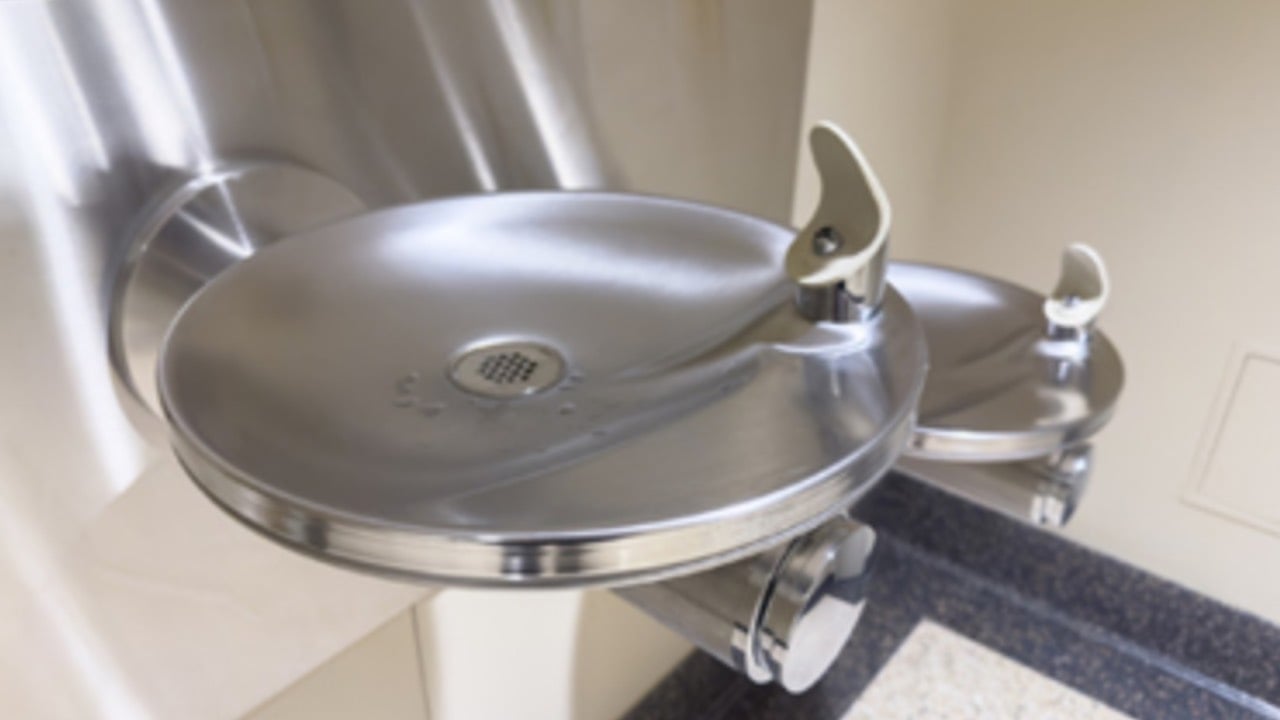SOURCE ARTICLE HERE
by Miah Huerta
All across America, failures in water infrastructure impact human life, including our children. According to the Harvard T.H. Chan School of Public Health, more than 40% of schools around the country appear to have higher-than-recommended levels of lead in their tap water.
...
CEO and founder of OriginClear and leader in the self-reliant water revolution, Riggs Eckelberry, explains these concerns to be a problem that requires a nationwide effort. Using the Environment America Research & Policy Center’s ‘Get the Lead Out’ report as an example, he shares insights on the majority of America’s low-grade initiatives to protect its children’s drinking water in schools.
“These ratings are judged on five criteria, and what it boils down to is that those states with D and F grades aren’t doing enough to fix the problem,” he says. Some states have implemented regulations, but others have not. “It’s a scandal and this problem will not get better unless we do something about it.”
While concerns around the country persist, so do the posing health risks for those with exposure to the medal. “Lead exposure is bad for everyone, and it’s especially dangerous for young children and babies. Not only are they much smaller and therefore affected by smaller amounts of lead, but they are also at crucial developmental stages, explains Eckelberry.
According to the U.S. EPA, there is no safe level of lead in a child’s blood, putting them at a greater risk for harm as they continue to grow. “Learning and behavior issues, nervous system issues, slowed growth, and even lowered IQ has been linked to even small amounts of lead exposure,” he adds. For that reason, the demand for policymakers to improve the country’s growing water crisis is imperative to protecting our future.
On top of industry and agriculture overwhelming central systems, America’s socioeconomic disparities in water also play a role in the well-being of its children as marginalized communities struggle to get the water quality they deserve. “The big, central network of water infrastructure has been neglected since 1961, and it’s routinely underfunded.
This disproportionately harms the least wealthy communities that are at the end of the line, which is why we see things like the water crisis in Flint, Michigan; Jackson, Mississippi; and Compton, California,” Eckelberry states.
This is revealed through recent research of children in low-income communities consistently showing higher blood lead levels than their more affluent counterparts. “As a byproduct of that, it is likely that we’ll see health disparities due to increased exposure to lead and other toxins.”
Dedicated to improving the country’s ongoing water crisis, Eckelberry shares advice on protecting our children, involving the government and schools, to parents nationwide. “First, they need to recognize that there is a problem, and this starts with proper testing.
Second, we need point-of-use solutions, meaning filtration right where we’re drinking the water so that even if there is lead in the pipes, it’s filtered out before it ever reaches our kids,” he says. This includes day-to-day solutions that start at home and create the potential for future impact. “On an immediate basis, we can send our kids to school with safe, filtered water and educate them not to drink from school drinking fountains.
On a more long-term basis, we can advocate for proper testing and policies,” he adds. With more than 50 million children enrolled in public schools, keeping them free of lead poisoning is a problem that demands fixing.
Likewise, opportunities to address the nation’s big problem include conducting the treatment and recycling of wastewater. Pairing OriginClear’s investor-funded Water On Demand™ initiative and Modular Water Systems™ technology, Eckelberry shares how such projects can assist. “First, we can give schools access to this vital technology without charging them large, upfront capital expenses,” he says.
Not to mention, businesses, industry, and communities who can get the water treatment systems they need.
“The second way is that by helping industry and agriculture — who account for 9/10ths of freshwater usage — treat and recycle their water right where it’s dirtied, we reduce the burden on the central systems and enable them to better take care of the people.”
Becoming educated about America’s quality of drinking water is essential to protecting human health (large and small) for years to come. Together we can achieve the ultimate goal — clean water for all.
[...]
%20250px.png?width=250&height=53&name=OriginClear%20Logo%202019%20(RGB)%20250px.png)





